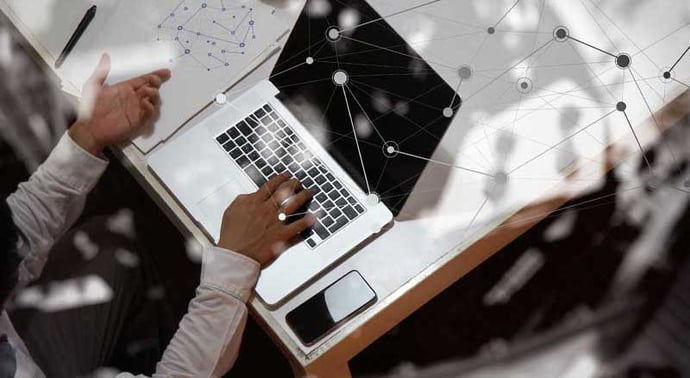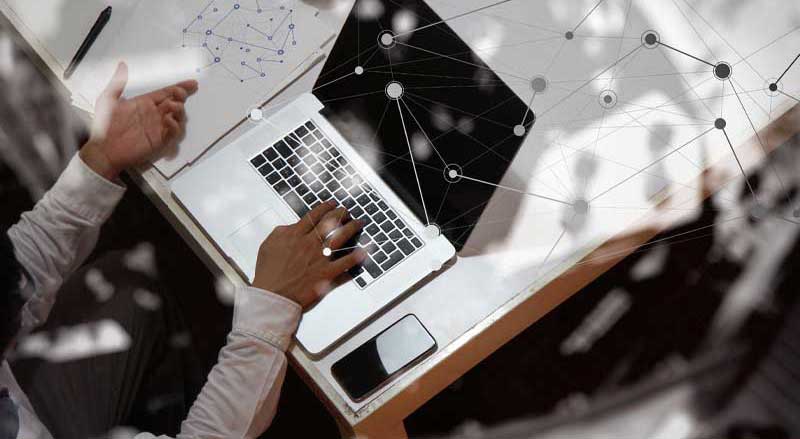The Dutch government is allocating substantial money for the climate and the energy transition: 35 billion euros. But the natural resource transition to a circular economy also requires attention and action. The goal is a circular economy by 2050, but with current efforts that does not seem feasible, according to recent research*. How do we get this transition into a higher gear?
What is the resource transition?
The natural resource transition is the transition from a linear to a circular economy in which there is no wastage. Raw materials and materials form closed chains and retain their value. Steps in this raw materials transition include making production processes more efficient, so that fewer raw materials are needed. More renewable raw materials can also be used. In addition, the circular economy requires the development of new production methods and circularly designed products. Furthermore, materials can be reused or recycled.
Resource transition versus energy transition
Compared to the energy transition, this raw materials transition is still in its infancy. There is a good perspective for action for the energy transition. A consumer or a company can switch to green energy relatively easily. Green energy is widely available and the share of green energy is constantly growing. Investments are being made in large solar parks and there are wind parks at sea. The investment costs of these projects are getting lower, because the research and development costs have become low, which also makes the business case more attractive.
The big pond of green energy
The pond of green energy is large, but that of closed raw materials and materials chains is not yet. The transition to a circular economy is now in the innovation phase. Drawing the parallel with energy; the first frontrunners and initiators install a solar panel or set up a pilot with a windmill. There is as yet no general and widely used system for raw materials chains, no smart grid. It is at this stage still a loose and incoherent amount of small-scale initiatives. The energy transition only really got going when scale was created, because large solar fields and wind turbine parks were realized that started to work as one system. The same will have to happen for the raw materials transition.
One follows the other transition
For each transition, the 'new' is being developed, while the 'old' is gradually being phased out, but both systems will still exist side by side for a period of time. This applies to the energy transition, where green energy facilities are built and function alongside fossil facilities, which are then slowly scaled down. The same applies to circular raw materials chains. There are more and more of these, but the linear chains have not suddenly disappeared. An additional challenge for the raw materials transition is that it is more complex than the energy transition. The energy market is relatively clear. There is coal and gas, the green energy supplies roughly consist of sun and wind. The chains in which raw materials and materials circulate are much more diverse and much more intricate.

Increasingly large smart grid of raw materials chains
Although in a different development phase and more complex in nature, we notice that the subject of raw materials is on the agenda of more and more companies. Companies with concrete ambitions in the field of the circular economy are increasingly proving that it is feasible to make their raw materials flows more sustainable. Milgro supports these parties in this by continuously building an increasingly large network of materials and raw materials chains, a smart grid of raw materials flows, which already bundles hundreds of circular solutions. Because Milgro has insight into all those flows, we can support parties in reducing waste by purchasing less, and we can facilitate parties in circular procurement and making unavoidable flows more sustainable. With our approach, a disposer becomes a receiver and vice versa.
Progress report from PBL*: stricter policy needed
The status of the natural resource transition is periodically updated by the Netherlands Environmental Assessment Agency (PBL). Last month, PBL published a progress report(Dutch). This shows that the acceleration has not yet started. The share of circular business activities has not yet increased compared to a year ago. It also does not yet provide added value, nor does it provide more employment. There is, however, a slight shift: higher circularity strategies are being used. The PBL advises the new cabinet to intensify its policy on this theme.
Too much focus on recycling: reduce waste!
What also appears is that the natural resource transition is now mainly focused on recycling. That is a good first step, but low on the circular ladder. It is a misconception to think that the more we recycle, the faster we realize a circular economy. Compare it to being overweight. A person can exercise more, but in combination with an unhealthy diet, the effect remains negligible. Something will therefore also have to be done on the waste side. eat less.
Look at the total impact
It is important to approach a material or raw material flow as a total system. And looking at the impact in the total chain and of the total life cycle. We wrote this blog about it. The legislation and regulations on this theme could also be sharper and more integrated. An example: the question is whether a ban on plastic bags or plastic straws actually reduces the environmental impact over the entire life cycle or do the cardboard alternatives actually cause more environmental impact? Reasoning from the complete cycle of a material flow is a good basis for good regulations and for smarter decisions.
Improved dashboard, improved insight
The first step in the resource transition and thus environmental benefits is insight into waste flows. With a clear total insight, companies can combat waste and make different choices. These two topics will be more prominent on our agenda in the coming years. We are currently developing an improved dashboard for this, which, just like much-used home automation systems for energy, will provide a better insight into the circular ambitions of companies. We continue to develop our transition programs together with our recipients. In this way we are working to accelerate the raw materials transition.
Ready for the first step?
Managing natural capital is also within your reach. To map out the circular potential of your organization, we start by gaining insight into your waste process by digitizing it.
Want to stay informed?
We regularly publish articles and blogs about natural capital, the circular economy and sustainable waste and resource management. To stay informed? Follow us on LinkedIn.











